Introduction to Yellow Corn: A Golden Staple in Global Cuisine
I’ve always been fascinated by the journey of corn from ancient Mesoamerican civilizations to modern dinner tables across the globe. This humble crop has not only sustained populations but has also shaped cultural identities and culinary traditions. Whether it’s the cornerstone of a hearty chowder, a key ingredient in a summer salad, or the star of a barbecue, yellow corn’s versatility never ceases to amaze me.
In our exploration, we’ll also touch upon the differences between corn and its paler counterpart, white corn. While both varieties share similarities, yellow corn boasts a distinct sweetness and a higher concentration of certain nutrients that set it apart. As we unravel the secrets of this golden grain, I invite you to join me on a journey that will transform your appreciation for this staple food and inspire you to incorporate it into your culinary repertoire in new and exciting ways.
The Nutritional Profile of Yellow Corn: More Than Meets the Eye
When we think of corn, we often picture it as a delicious side dish or a sweet summer treat. However, this golden grain packs a nutritional punch that goes far beyond its satisfying taste. As we delve into its nutritional profile, we’ll discover why yellow corn deserves a prominent place in our diets.
First and foremost, yellow corn is an excellent source of complex carbohydrates, providing sustained energy throughout the day. It’s also rich in dietary fiber, which aids in digestion and helps maintain a healthy gut microbiome. But what truly sets yellow corn apart is its impressive array of vitamins and minerals. It’s particularly high in vitamin C, an antioxidant crucial for immune function and skin health, and B vitamins, which play vital roles in energy metabolism and nervous system function.
Moreover, yellow corn is a treasure trove of beneficial plant compounds. Its vibrant color is a testament to its high content of carotenoids, particularly lutein and zeaxanthin. These powerful antioxidants are known for their role in promoting eye health and reducing the risk of age-related macular degeneration. Additionally, yellow corn contains a good amount of vitamin E, another antioxidant that supports immune function and skin health.
Here’s a breakdown of the key nutrients found in a 100-gram serving of yellow corn:
| Nutrient | Amount |
|---|---|
| Calories | 86 |
| Carbohydrates | 19g |
| Fiber | 2.7g |
| Protein | 3.3g |
| Fat | 1.4g |
| Vitamin C | 6.8mg |
| Thiamine (B1) | 0.2mg |
| Folate (B9) | 46µg |
| Magnesium | 37mg |
| Phosphorus | 89mg |
| Potassium | 270mg |
As we can see, yellow corn is not just a tasty addition to our meals; it’s a nutritional powerhouse that can contribute significantly to our overall health and well-being.
From Farm to Table: The Journey of Yellow Corn
The path that yellow corn takes from the farm to our tables is a fascinating journey that involves careful cultivation, harvesting, and distribution. As someone who’s always been intrigued by the origins of our food, I find the process of bringing corn from seed to plate both complex and inspiring.
It all begins with the planting season, typically in spring when the soil has warmed sufficiently. Farmers carefully select hybrid varieties of yellow corn that are best suited to their local climate and soil conditions. These seeds are then planted in long, straight rows using sophisticated machinery that ensures optimal spacing for growth. Over the next few months, the corn plants grow tall and strong, developing their characteristic tassels and ears.
The harvesting process itself is a marvel of modern agriculture. Large combine harvesters move through the fields, efficiently separating the ears from the stalks and the kernels from the cobs. From here, the journey of yellow corn diverges:
- Fresh Market Corn: Some corn is destined for immediate consumption. It’s quickly cooled and transported to local markets or grocery stores, where it’s sold as fresh corn on the cob.
- Processing: A significant portion of the harvest is sent to processing facilities. Here, it may be:
- Frozen for year-round availability
- Canned for long-term storage
- Milled into cornmeal or corn flour
- Used in the production of various food products
- Animal Feed: A large percentage of yellow corn is used as livestock feed, supporting the meat and dairy industries.
- Industrial Uses: Some corn is processed for non-food applications, such as ethanol production or the creation of biodegradable plastics.
As we enjoy a delicious ear of grilled yellow corn or a warm bowl of cornbread, it’s worth taking a moment to appreciate the incredible journey this golden grain has undertaken. From the careful nurturing in the fields to the sophisticated processing and distribution networks, yellow corn’s path to our plates is a testament to the intricate relationship between agriculture, technology, and our food system.
Health Benefits of Incorporating Yellow Corn into Your Diet
As we continue our exploration of yellow corn, it’s crucial to highlight the numerous health benefits that come with incorporating this golden grain into our diets. I’ve always been an advocate for foods that not only tantalize our taste buds but also nourish our bodies, and yellow corn certainly fits the bill.
Furthermore, the complex carbohydrates in yellow corn provide a steady source of energy. Unlike simple carbs that cause rapid spikes in blood sugar, the carbohydrates in corn are digested more slowly, resulting in a gradual release of glucose into the bloodstream. This property makes yellow corn an excellent choice for individuals looking to maintain stable blood sugar levels, including those with diabetes or prediabetes.
Here are some additional health benefits of yellow corn:
- Heart Health: The fiber, potassium, and vitamin C in yellow corn contribute to cardiovascular health by helping to lower blood pressure and reduce the risk of heart disease.
- Antioxidant Power: Besides lutein and zeaxanthin, yellow corn contains other antioxidants like ferulic acid, which help combat oxidative stress and inflammation in the body.
- Skin Health: The combination of vitamin C, vitamin E, and antioxidants in yellow corn supports collagen production and protects skin cells from damage, potentially contributing to healthier, more youthful-looking skin.
- Bone Strength: Yellow corn provides a modest amount of magnesium and phosphorus, minerals that are essential for maintaining strong bones and teeth.
- Cognitive Function: Some studies suggest that the B vitamins found in yellow corn, particularly thiamine and folate, may play a role in supporting cognitive function and reducing the risk of age-related cognitive decline.
It’s important to note that while yellow corn offers numerous health benefits, it should be consumed as part of a balanced diet. Like any food, moderation is key. Those with corn allergies or sensitivities should, of course, avoid consuming yellow corn or products containing it.
Incorporating yellow corn into our diets can be both delicious and beneficial for our overall health. Whether enjoyed as a simple side dish, added to salads, or used as an ingredient in more complex recipes, this versatile grain has much to offer in terms of nutrition and flavor.
Preserving Yellow Corn: Freezing, Canning, and Drying Methods
As someone who loves to make the most of seasonal produce, I’ve found that preserving yellow corn is an excellent way to enjoy its sweet flavor and nutritional benefits year-round. There are several methods to preserve corn, each with its own advantages. Let’s explore the three main techniques: freezing, canning, and drying.
Freezing Yellow Corn
Freezing is perhaps the easiest and most popular method of preserving yellow corn. It maintains much of the corn’s original flavor, texture, and nutritional value. Here’s a step-by-step guide to freezing corn:
- Husking and Cleaning: Remove the husks and silks from the corn. Wash the ears thoroughly.
- Blanching: This crucial step helps preserve color, flavor, and texture. Boil the corn for 4-5 minutes, then immediately plunge into ice water to stop the cooking process.
- Cutting: Once cooled, cut the kernels off the cob. A tip I’ve found helpful is to stand the ear upright in a large bowl and slice downward with a sharp knife.
- Packaging: Place the kernels in freezer-safe bags or containers. Remove as much air as possible to prevent freezer burn.
- Labeling and Freezing: Label the packages with the date and freeze. Properly frozen corn can last up to 12 months.
Canning Corn
Canning is an excellent option for long-term storage without the need for freezer space. However, it does require more time and equipment. Here’s a brief overview of the process:
- Preparation: Clean and cut the corn as you would for freezing.
- Packing: Fill sterilized jars with corn kernels and boiling water, leaving appropriate headspace.
- Processing: Use a pressure canner (not a water bath canner) to process the jars. Follow precise timing and pressure guidelines based on your altitude and jar size.
- Cooling and Storing: Allow jars to cool completely before storing in a cool, dark place. Properly canned corn can last up to 5 years.
Safety Note: Always follow up-to-date, tested recipes and guidelines from reliable sources when canning, as improper techniques can lead to dangerous bacterial growth.
Drying Yellow Corn
Drying is a traditional preservation method that’s less common today but still valuable, especially for making cornmeal or corn flour. Here’s how to dry corn:
- Preparation: Clean and cut the corn kernels from the cob.
- Blanching: Blanch the kernels briefly to help preserve color and nutrients.
- Drying: Spread the kernels on dehydrator trays or baking sheets if using an oven. Dry at 115°F (46°C) for 6-8 hours in a dehydrator, or at the lowest setting in an oven, stirring occasionally.
- Testing: Corn is sufficiently dry when it’s hard and brittle.
- Storing: Store dried corn in airtight containers in a cool, dark place. It can last for several months to a year.
Each of these preservation methods has its place in the kitchen. I often freeze corn for easy use in recipes throughout the year, can a few jars for long-term storage, and occasionally dry some for making cornmeal. By mastering these techniques, we can ensure that the golden goodness of yellow corn is always at our fingertips, regardless of the season.
Conclusion: Embracing Yellow Corn in Your Culinary Adventures
Throughout this exploration, we’ve uncovered the rich nutritional profile of yellow corn, highlighting its abundance of complex carbohydrates, dietary fiber, and essential vitamins and minerals. We’ve delved into its journey from farm to table, gaining a deeper appreciation for the agricultural processes that bring this crop to our kitchens. Moreover, we’ve discovered the numerous health benefits associated with incorporating yellow corn into our diets, from supporting eye health to providing sustained energy.
As we conclude, I encourage you to embrace yellow corn in your culinary adventures. Whether you’re grilling fresh ears for a summer barbecue, adding kernels to a hearty winter soup, or incorporating cornmeal into your baking, there are countless ways to enjoy this versatile ingredient. Don’t be afraid to experiment with new recipes or preservation methods – each offers an opportunity to deepen your appreciation for this remarkable grain.
Ready to elevate your culinary skills with yellow corn? Start by trying one of the preservation methods we’ve discussed. Whether you choose to freeze, can, or dry your corn, you’ll be taking a step towards enjoying this nutritious ingredient all year round. Share your experiences and favorite yellow corn recipes in the comments below – let’s inspire each other to make the most of this golden grain!
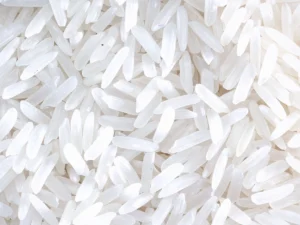


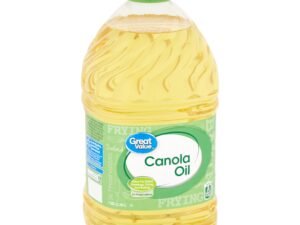
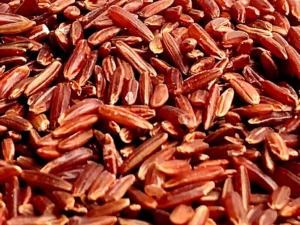



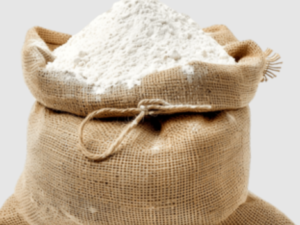

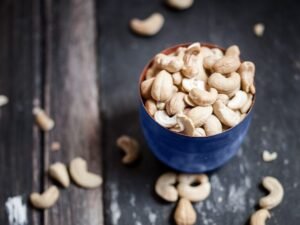


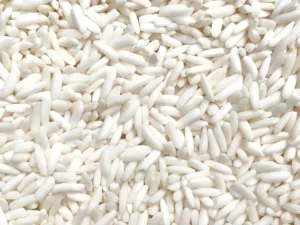
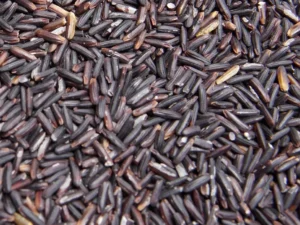

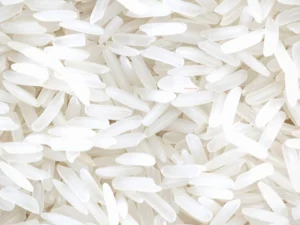
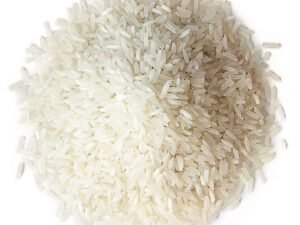



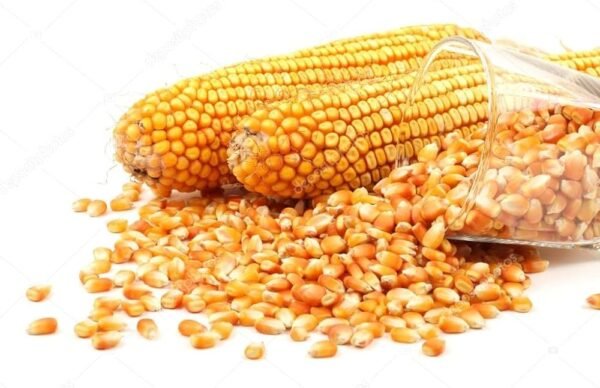
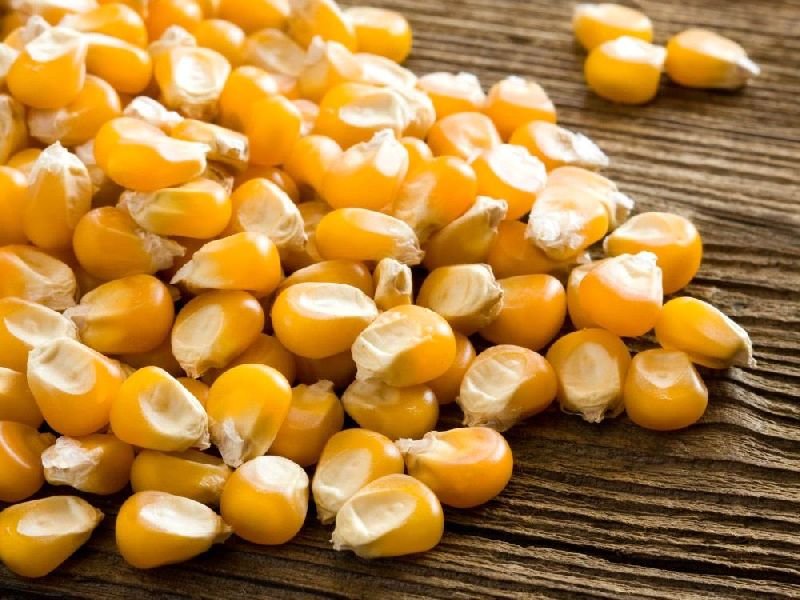

There are no reviews yet.